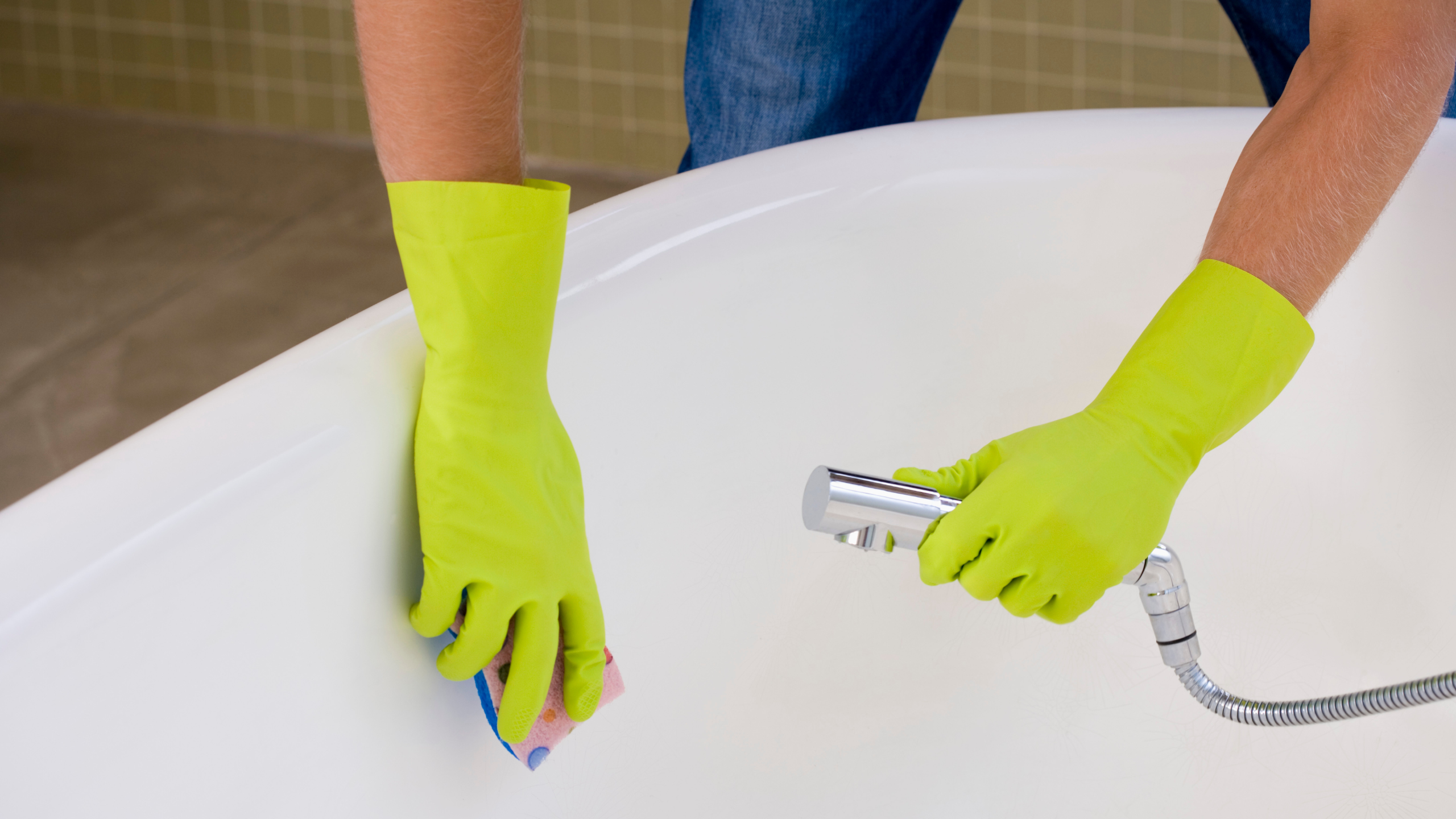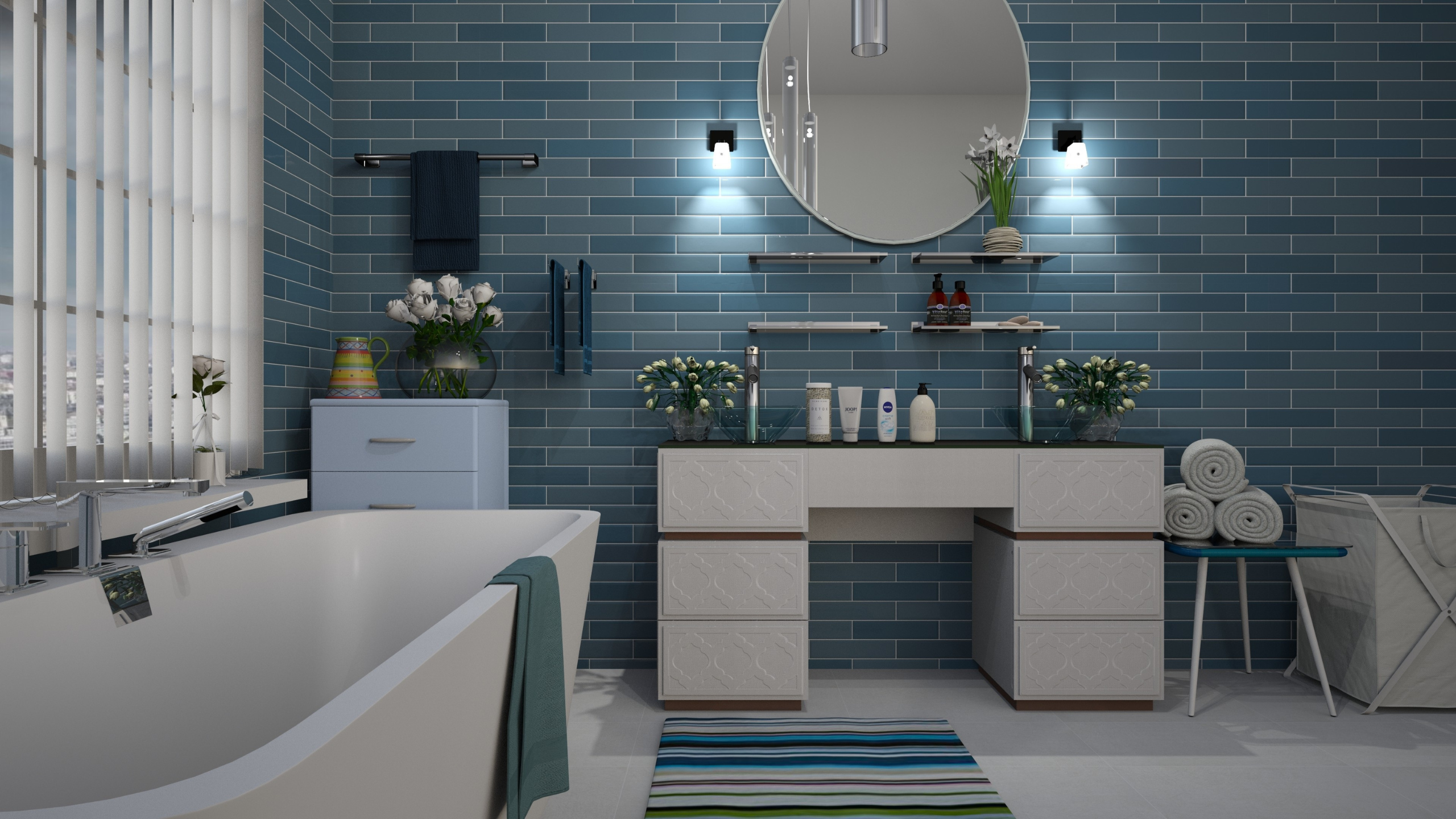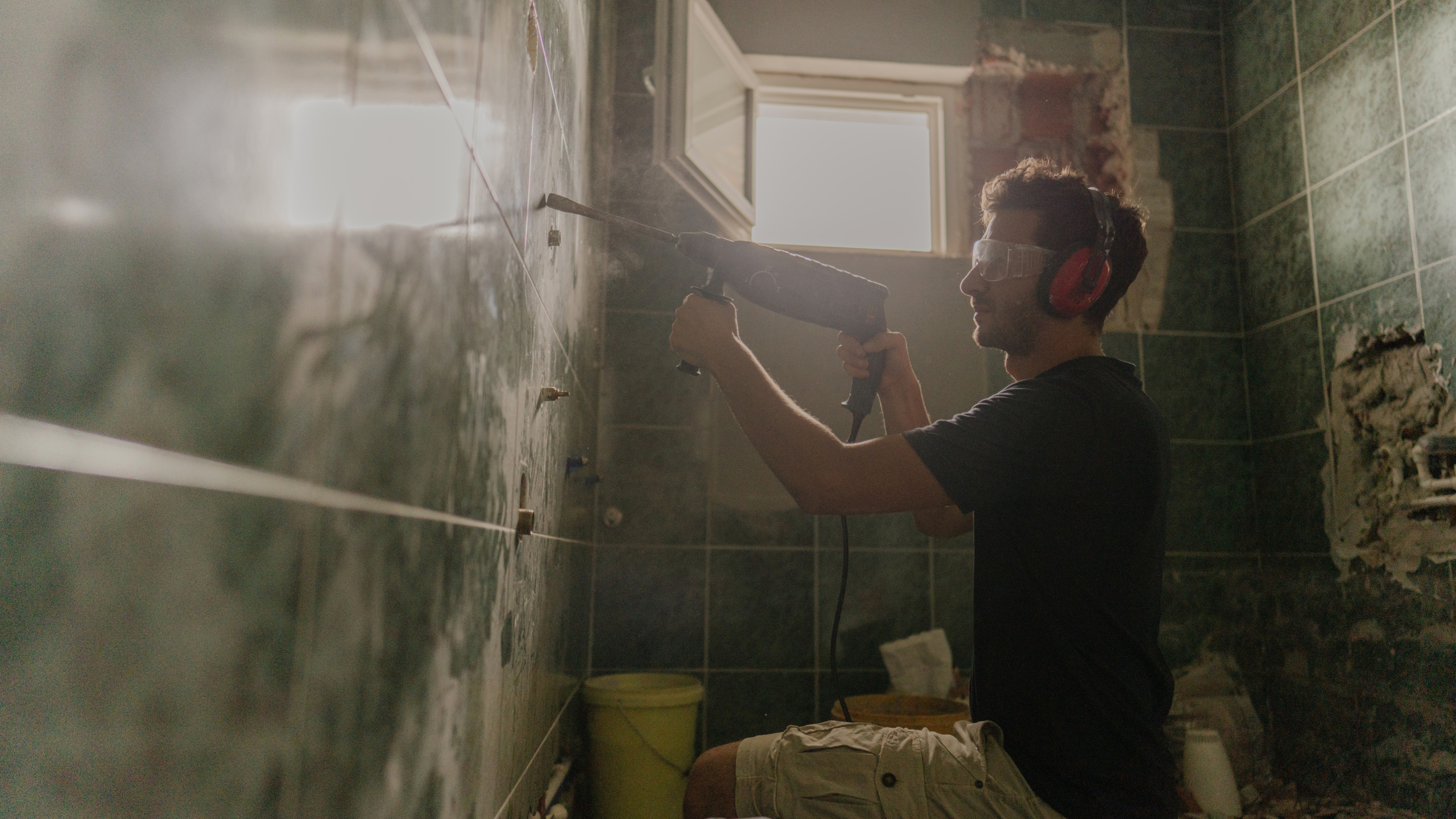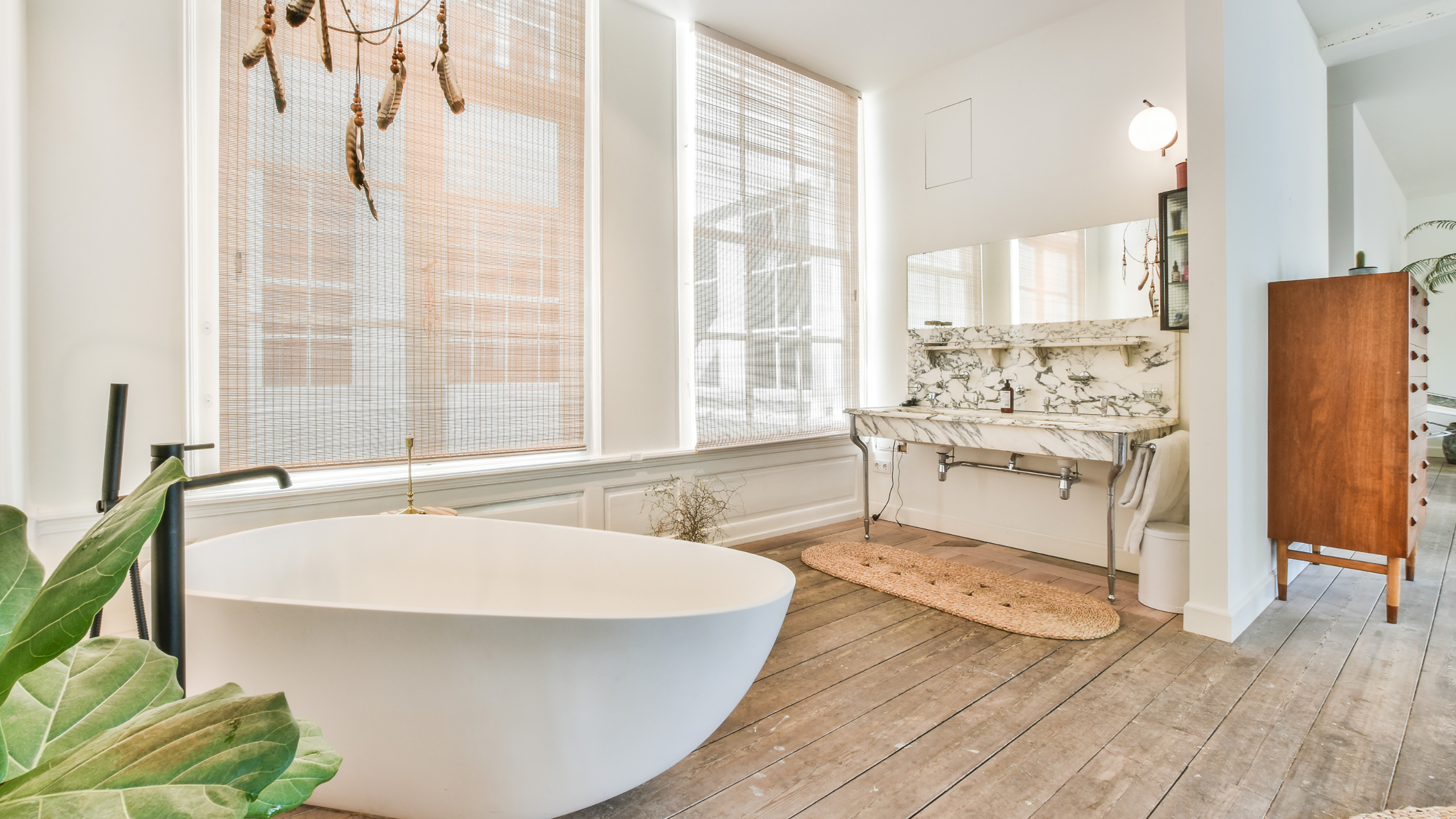The majority of bathtub rust is typically caused by water that passes through corroded galvanized pipes. Rust may develop on surfaces owing to mineral and iron residues left on them if you have hard water in your home. This accumulation can significantly shorten the period between purchasing a new tub and the necessity for tub resurfacing.
It’s also critical to realize that bathtubs can be made from a variety of materials, including acrylic, porcelain, and enamel. With various cleaners, these materials respond differently.
Most acrylic bathtubs are more vulnerable to bleaching, but enamel bathtubs are more vulnerable to acids like vinegar. Because of this, you should clean your bathtub according to the type of material it is made of. Before removing any rust stains, you should still test your cleaning supplies and methods on a tiny portion of your tub.
In order to efficiently remove rust from your bathroom, the key steps are highlighted in this article. As always, tub resurfacing is an option if the issue has become too big to handle.
Closely Inspect Areas for Rust
You should check to see if the stain on your tub is indeed rust before you identify the cause and figure out how to cure it. In some circumstances, hard water stains and soap scum buildup may be corroding your fixtures and giving the appearance of rust. If the enamel of your tub shows no evidence of wear and the bare metal isn’t showing, it’s likely a stain rather than rust.
The beautiful thing about stains is that they may be successfully removed with the help of the appropriate cleaning supplies.
Determine the Root of the Problem
It’s better to try to find solutions to your rust problem if what you see is rust rather than a stain. As one of the main causes of rust, you must first determine whether the naked metal of your bathtubs is exposed. Whenever you have a rust issue, it will probably be on the underside of your bathtub.
Because you need an access panel to get to this part of your bathtub, accessing it can be challenging. You can always hire a specialist to install an access panel if you don’t already have one. As an alternative, it would be beneficial if you thought about making a hole in your drywall.
Identify the Best Remedies for Your Rust Issue – Tub Resurfacing
You can handle the rust issue yourself if it hasn’t seriously damaged your bathtub’s components. However, if you need resurfacing done, You should consider refinishing experts’ services. Because they are highly educated in treating and eliminating rust, you should think about using the services of refinishing professionals. Your tub will be successfully refinished with their assistance, providing you a longer service period in the end.
Conclusion
When iron or iron alloys, such as steel, are exposed to moisture and oxygen for an extended period of time, a chemical reaction called rusting takes place. If rust begins to accumulate in your bathtub and you don’t take the required precautions to ensure that it is removed as soon as possible, there is a good risk that you will have to pay a significant amount for repairs in the future.
The best course of action for dealing with your bathtub rust issue is to hire a refinishing specialist like EK Philadelphia Tub Reglazing. In addition to their proficiency in removing rust, they will ensure that they identify the source of the issue and, if necessary, repair new parts. Most professionals offer a warranty, which you can take advantage of if your issue continues.







